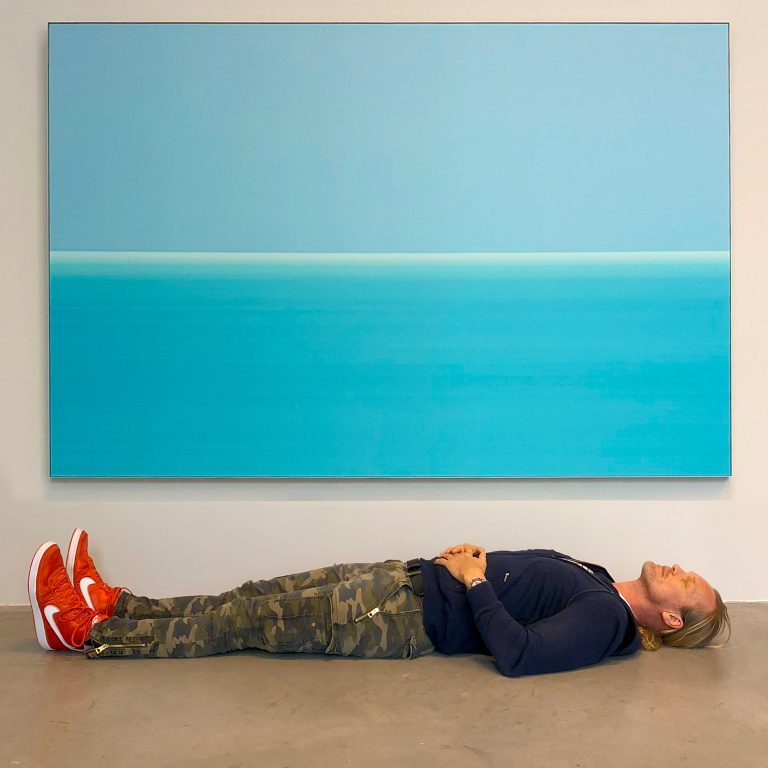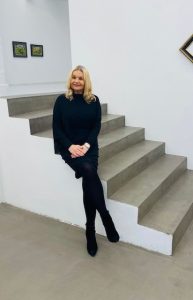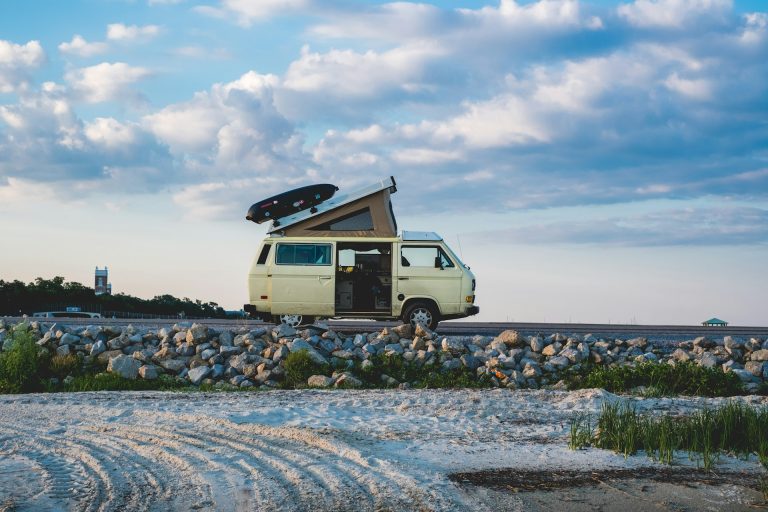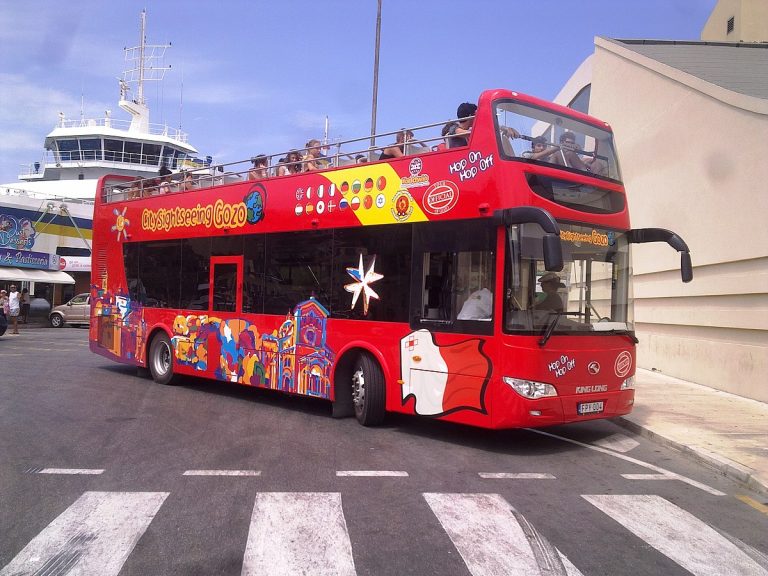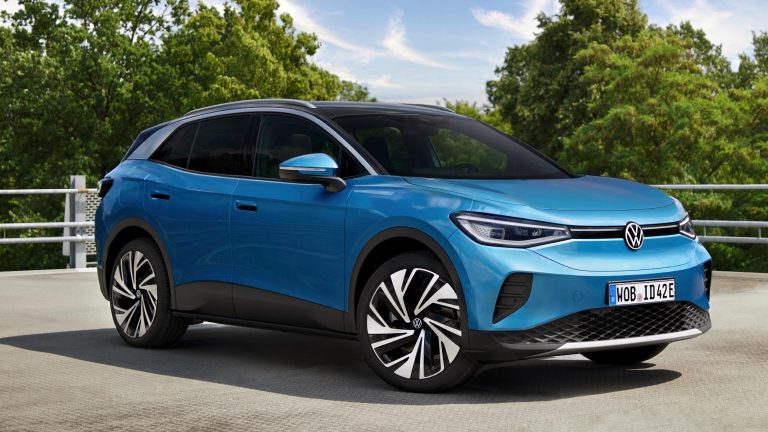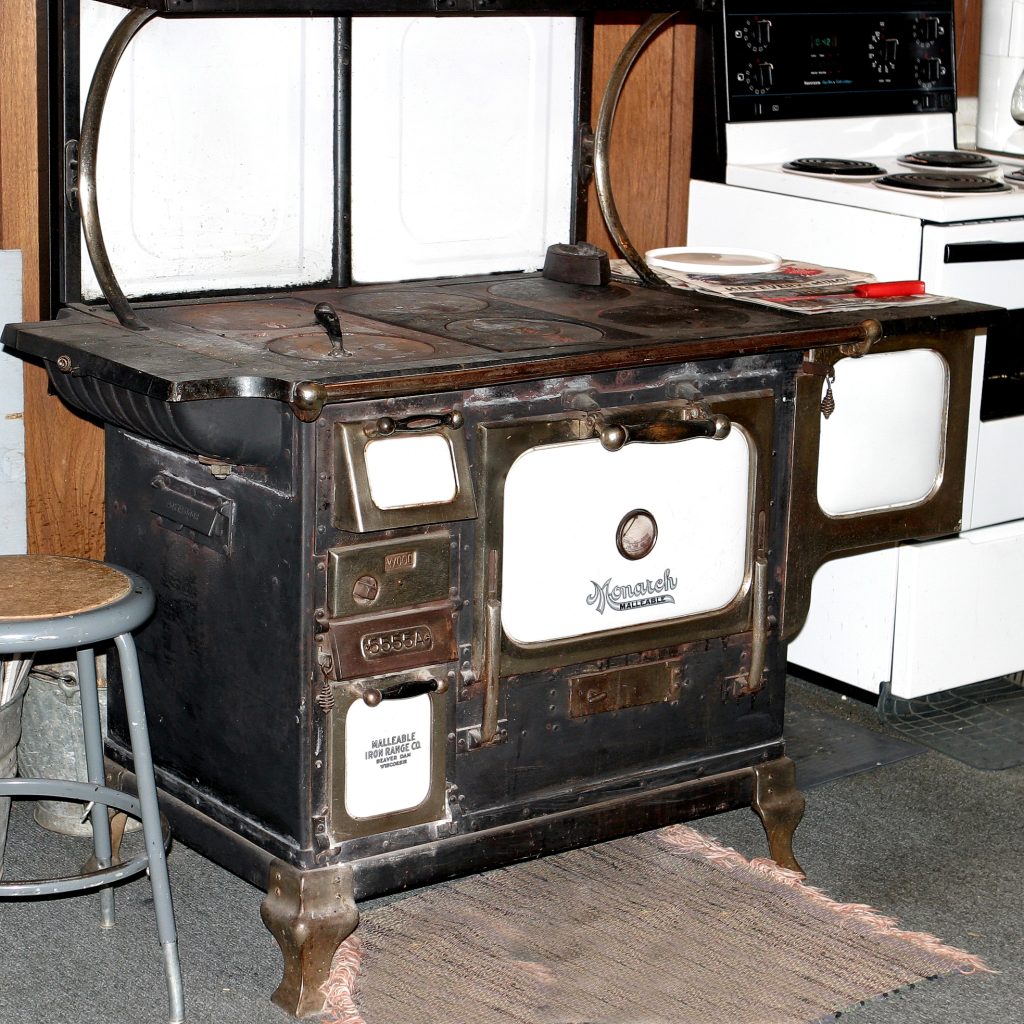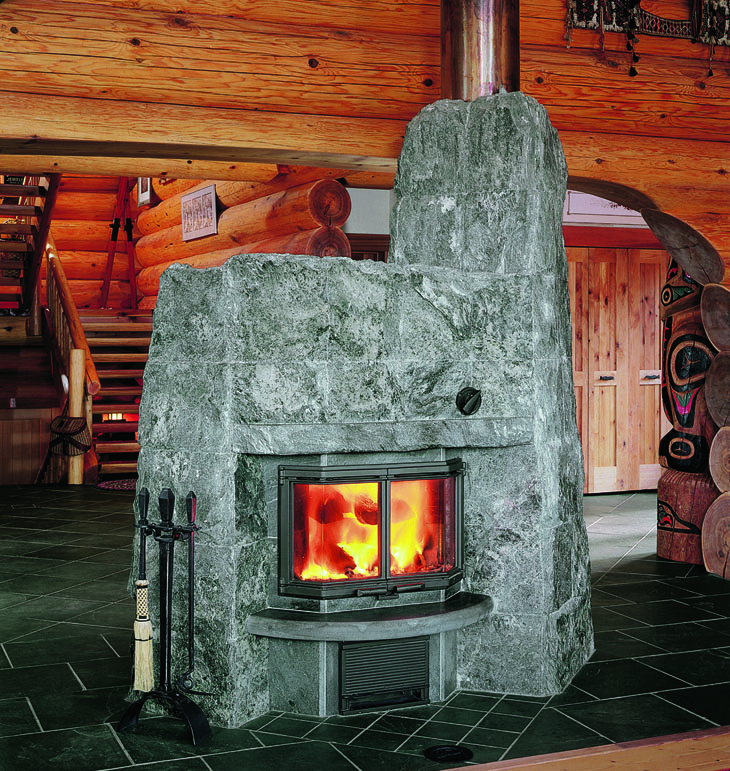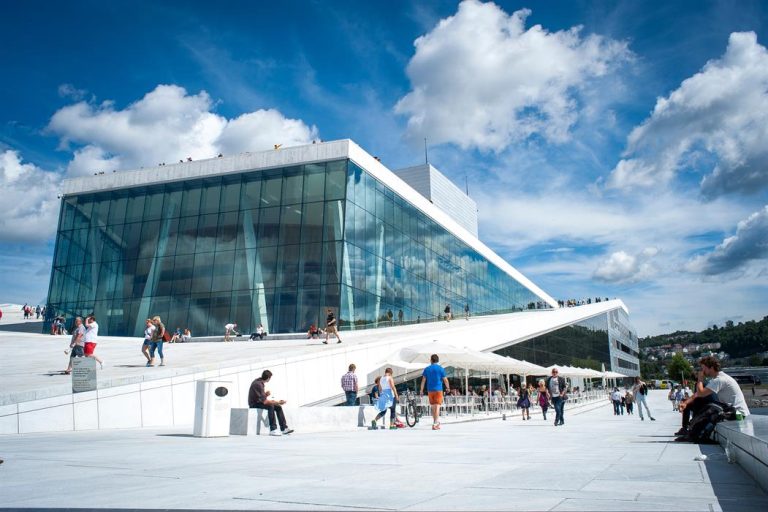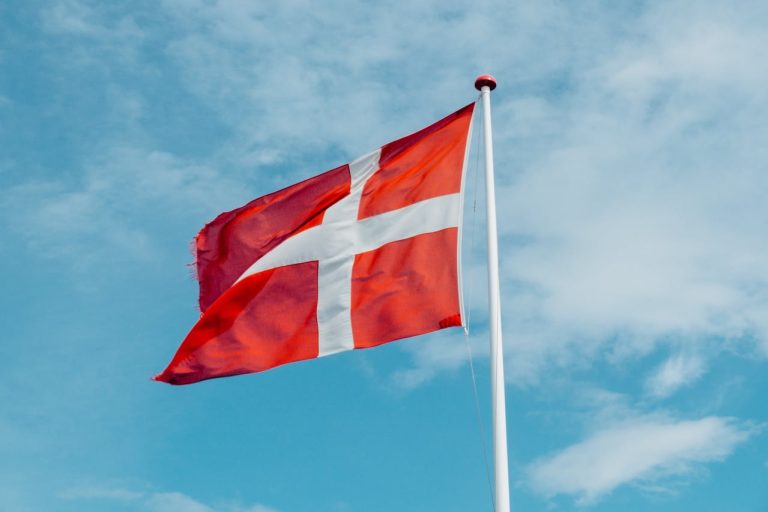Sweden has emerged as a standout example in Europe, proving that substantial economic growth and significant reductions in greenhouse gas emissions can go hand-in-hand. How does Sweeden succeed in emissions reduction combined with economic growth?
Sweden’s success in reducing emissions while achieving economic growth is often highlighted as a model for sustainable development. The country’s approach can be understood through several key factors:

Carbon Taxation
Sweden introduced a carbon tax in 1991, one of the first countries to do so. This tax incentivizes businesses and individuals to reduce fossil fuel consumption by making it more expensive. Over time, the carbon tax has been increased, covering a wide range of sectors. The revenue generated is often reinvested in renewable energy projects and other environmental initiatives.
From Europe and the US to Brazil and Indonesia, countries around the world are looking into carbon pricing to reduce emissions. However, only until recently, there has been limited evidence on whether it has effectively reduced firm carbon emissions.
Carbon pricing accounts for at least a third of emissions reduction between 1991-2015 in Sweden. Without it, emissions would have been 30% higher, underscoring the importance of effective carbon pricing policies in the global fight against climate change.
The country already emitted five times less carbon dioxide, or CO2, per capita than the European average back in 1990. Since then, Sweden has reduced its net greenhouse gas emissions by another 80%, while the average reduction in the EU has only been 30%.
“You don’t need to reduce welfare to reduce your climate impact,” said Mattias Goldmann, founder of the Swedish 2030-secretariat, who works towards Sweden reaching its climate target for the national transport sector.

Investment in Renewable Energy
Sweden has heavily invested in renewable energy sources, particularly hydropower, wind power, and bioenergy. As of recent years, around 54% of Sweden’s energy consumption comes from renewables. This investment has reduced the country’s reliance on fossil fuels and significantly lowered its greenhouse gas emissions.
But it wasn’t just hitting the natural resources jackpot that got the country to where it is now. Sweden realized its natural potential early on and started investing in renewable energy sources much earlier than many other countries.
“Sweden has had hydropower for more than a century,” according to Goldmann.
Sweden has some natural advantages. 70% of Sweden is forest land. And forests are very useful when it comes to reducing greenhouse gas emissions because they remove CO2 from the atmosphere.
Sweden is at the forefront of the endeavor to tackle climate change through clean energy innovations and prides itself on a domestic energy value chain that is 98 per cent carbon-free. No less than 54.6 per cent of the electricity mix in the national grid comes from renewable sources today – making Sweden the EU leader in renewable energy.

Energy Efficiency
Buildings, industry, transport, and mobility are all identified as the sectors with the largest potential for energy saving. This is true in industrialised as well as developing countries. These sectors are markedly different from each other but also have many challenges in common, like creating and maintaining sustainable systems of power supply, heating, cooling, and lighting, just to name a few.
Sweden has implemented strict energy efficiency standards across various sectors, including buildings, transportation, and industry. These regulations have led to innovations in energy-saving technologies and practices, further reducing emissions. For example, Swedish buildings are required to meet rigorous insulation and energy efficiency standards, which reduces the overall energy demand.

Public Transportation and Sustainable Urban Planning
The journey towards fossil-free, low-carbon public transport began way back in the 1980s. Thanks to hard work, a long-term approach and clearly defined interim targets, the goal of 100 % renewable energy for the metro, buses and local trains was achieved in 2017. The next goals for 2030 are to have fossil-free maritime traffic, cut emissions by 75% compared with 2009 levels, and to use 15% less energy per passenger kilometer than in 2011.
Sweden has invested in sustainable urban planning and public transportation. Cities like Stockholm have well-developed public transit systems that reduce the need for private car use, thereby lowering emissions. Additionally, urban areas are designed to encourage walking, cycling, and the use of public transport.
How Does Sweden Succeed in Emissions Reduction Combined with Economic Growth? Article continues below illustration.

Circular Economy Initiatives
Sweden is a leader in promoting a circular economy, where the focus is on reducing waste and promoting recycling and reuse. The country has one of the highest recycling rates in the world, which helps in reducing the overall carbon footprint.
As of 2024, a new Swedish law declares that everyone must separate their food waste – this goes for households and businesses alike. It’s also mandatory for all of Sweden’s local authorities to provide separate collection of food waste.
This has already been done for years in many parts of the country, but it hasn’t been regulated by law until now.
Food waste is a great source of energy and is used, among other things, as biogas – to replace fossil fuels.

Government and Policy Support
The Swedish government has consistently supported environmental sustainability through legislation, research funding, and public awareness campaigns. Sweden’s long-term commitment to reducing emissions is backed by clear policies and goals, such as the aim to achieve net-zero emissions by 2045.
The first country in the world to pass an environmental protection act in 1967, Sweden also hosted the first UN conference on the global environment in 1972. Since then, Sweden has not looked back, managing to grow its economy substantially while reducing carbon emissions and limiting pollution. Around 60 per cent of Sweden’s national energy supply comes from renewables, and thorough legislation aims at further reducing emissions.
For more than a decade, Sweden has been in the top ten of the respected Environmental Performance Index produced by Columbia and Yale universities, with exceptionally clean air and clean water alongside its low emissions.
How Does Sweden Succeed in Emissions Reduction Combined with Economic Growth? Article continues below illustration.

Public-Private Partnerships
Sweden fosters collaboration between the government, private sector, and academia to develop innovative solutions for reducing emissions. This collaborative approach helps in scaling up successful projects and technologies, thereby accelerating the transition to a low-carbon economy.
******************************************
Related: World’s First Fossil-Free Steel From Sweden
******************************************
Sweden is a leading donor of development assistance, but meeting the funding needs for a green and digital transition requires closer cooperation between development assistance and trade, greater mobilization of private capital and harnessing the business sector’s innovation capacity. A current example of this is Sweden’s partnership with Bangladesh, which HRH Crown Princess Victoria visited together with Minister for International Development Cooperation and Foreign Trade Johan Forssell on 18–21 March.
Societal Awareness and Engagement
Swedish society is highly environmentally conscious, with strong public support for sustainability initiatives. This cultural aspect drives both individual behavior and policy acceptance, making it easier to implement and maintain stringent environmental regulations.
The first part of the 2021-2022 EIB Climate Survey explores people’s views on climate change in a rapidly changing world.
- 75% of Swedish people think that climate change and its consequences are the biggest challenge for humanity in the 21st century
- 76% are in favor of stricter government measures that impose changes on people’s behavior (six points higher than last year)
- 51% think the country will fail in drastically reducing its carbon emissions by 2050, as pledged in the Paris Agreement
- 58% believe that they are more concerned about the climate emergency than their government is
- 54% feel that climate change has an impact on their everyday lives
- 82% say they want to replace short-distance flights by fast, low-polluting trains in collaboration with neighboring countries
Decoupling Economic Growth from Emissions
Through these combined efforts, Sweden has managed to decouple its economic growth from carbon emissions. While its economy has grown, the country has reduced emissions by over 25% since 1990, demonstrating that economic prosperity and environmental sustainability can go hand in hand.
With the highest level of CO2 tax worldwide, Sweden provides strong evidence that decoupling GDP growth from CO2 emissions is possible and that CO2 tax is an efficient way of achieving a decrease in CO2 emission with fossil origin.
******************************************
Related: Sweden Contributes to Making Europe Greener
******************************************
Technological Innovation
Sweden has been at the forefront of developing and adopting new technologies that contribute to emissions reduction. This includes advancements in energy storage, electric vehicles, and smart grid technologies. Continuous innovation ensures that Sweden can maintain its progress in reducing emissions while supporting economic growth.
Sweden has notified to the European Commission of its plans to adopt a €3 billion (SEK 36 billion) scheme to support projects removing biogenic CO2 emissions through permanent CCS. The measure aims to enable CCS as a viable and effective tool to mitigate climate change. This is expected to increase investor confidence in CCS-technology, reduce costs for its future applications and thereby facilitate the development of a CCS value chain in the EU.
Under the scheme, the aid will be awarded through a competitive bidding process, with the first auction expected in 2024. Auctions will be open to companies that (i) carry out an activity in Sweden, emitting biogenic CO2, and (ii) implement projects with a capacity to capture and store at least 50,000 tonnes of biogenic CO2 per year.

Lessons learned
So, what can other countries learn from the Swedish success story?
“Sweden, I think, illustrates that yes, it’s indeed possible to produce electricity without any greenhouse gas emissions at all, and that’s an example for other countries in the world,” said energy expert De Schrijver from the European Environment Agency.
Sweden’s success in combining emissions reduction with economic growth is the result of a comprehensive and multi-faceted approach. By integrating environmental concerns into economic policies, investing in technology and infrastructure, and fostering a culture of sustainability, Sweden has set a powerful example of how countries can pursue both environmental and economic goals simultaneously.
How Does Sweden Succeed in Emissions Reduction Combined with Economic Growth? edited by Tor Kjolberg








